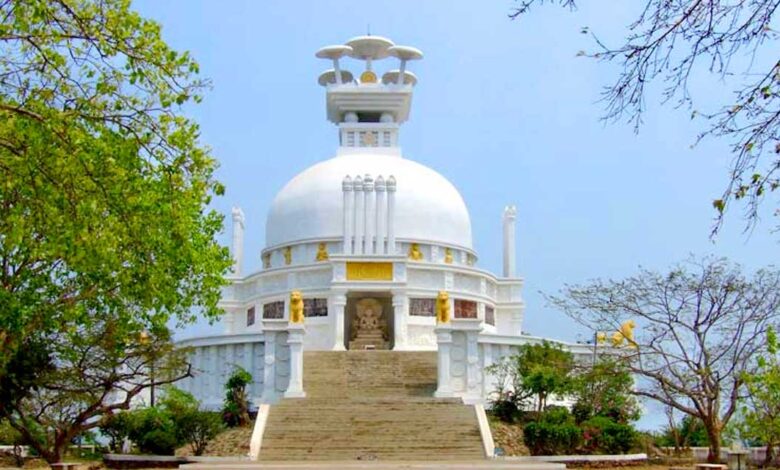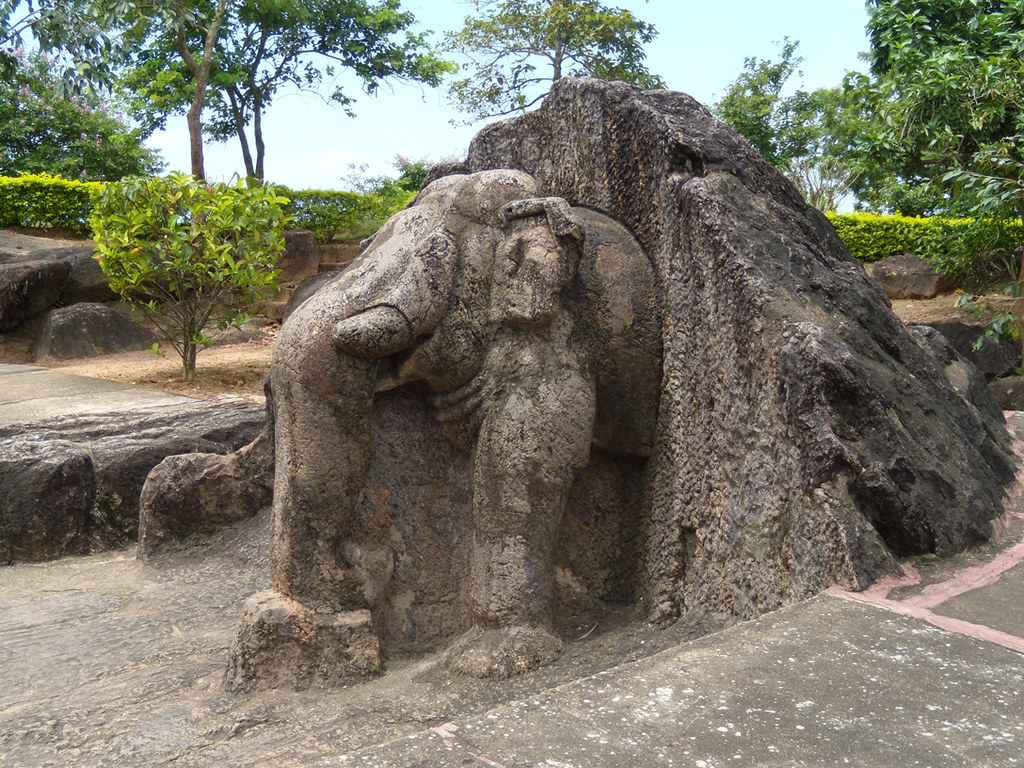
Feature: In 272 B.C., amidst the aftermath of the fierce Battle of Kalinga, a pivotal moment unfolded that would reverberate through the annals of history. The legendary Maurya dynasty’s king, Ashoka the Great, stood upon the battlefield, gazing upon the devastation wrought by war. Despite emerging victorious, the sight of death and destruction shook him to his core, sparking a profound transformation within his soul.
Haunted by the futility of violence and the transient nature of earthly pursuits, Ashoka turned to the teachings of Buddha, embarking on a spiritual journey that would redefine his legacy.
Channeling his energies into spiritual pursuits, Ashoka embraced Buddhism and renounced his former life of conquest and aggression. The iconic rock carvings at Dhauli Hills, featuring the head and forelegs of an elephant emerging from the rock, serve as enduring symbols of his enlightenment. Dating back to the 3rd century B.C., these ancient sculptures mark the emergence of Buddhism and the birth of a new era of peace.

“The rock edicts at the base of Dhauli Hills, dating from 260 B.C., offer insights into Ashoka’s governance philosophy and his commitment to universal welfare. These inscriptions, addressing his administrators, emphasize compassion and the well-being of all beings.”
Constructed atop Dhauli Hills in 1972, the Peace Pagoda stands as a testament to Ashoka’s transformative journey. A collaborative effort between Kalinga Nippon Sangha and the Odisha Government, this majestic structure overlooks the riverbank where the historic Kalinga War unfolded.
The Peace Pagoda, adorned with intricate stone panels depicting scenes from Buddha’s life and teachings, serves as a beacon of hope and harmony. It houses four massive idols of Lord Buddha and various rock edicts, offering visitors a glimpse into Ashoka’s profound commitment to spreading the message of peace.
The history behind the Shanti Stupa illuminates Ashoka’s enduring legacy of compassion and enlightenment. Following the Kalinga War in 262 B.C., Ashoka underwent a profound spiritual awakening, renouncing violence and embracing the principles of Buddhism. The construction of the Shanti Stupa stands as a tribute to his transformative journey and his enduring legacy of peace.
Inscriptions carved by Ashoka himself on cliff rocks, pillars, and caves throughout India bear witness to his remarkable transformation. These edicts, including instructions for his administrators on ruling with compassion, serve as a testament to his evolution from a ruthless warrior to a benevolent ruler.
King Ashoka carved narrative histories on cliff rocks, pillars, and caves across India, hinting at the possibility of two administrative headquarters in the ruling area. These inscriptions included instructions for his administrators, emphasizing the importance of ruling with compassion. For instance, one such directive reads, “Your aim should be to earn the affection of humanity. All people are like our children, and just as we desire the welfare and happiness of our own children in this world and the next, so should we desire the same for all.”
Today, the DhauliGiri Shanti Stupa stands as a testament to Ashoka’s legacy, attracting visitors from far and wide to witness the transformative power of compassion and enlightenment. As we reflect on Ashoka’s journey, may we be inspired to embrace peace and compassion in our own lives, following in the footsteps of this great king who chose love over conquest.






